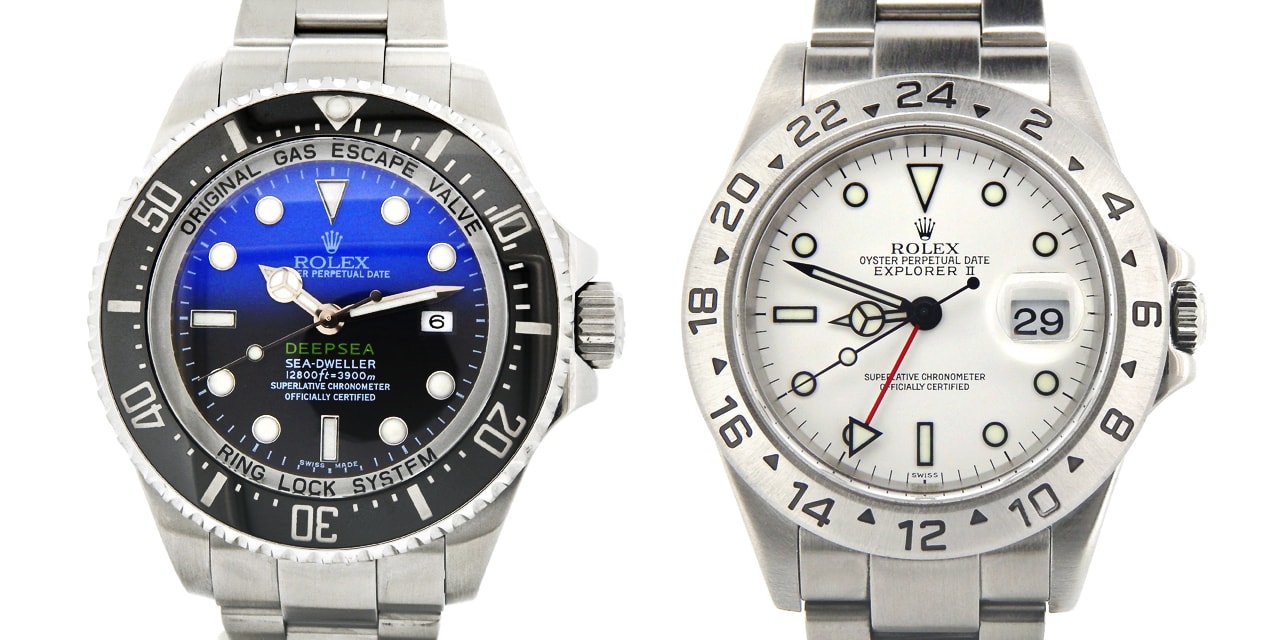What is the Seductiveness of Adventure Watches?
Rolex’s partnership with National Geographic and traveling to the bottom of the Mariana Trench makes for an epic adventure story complete with its own movie director. Last week, Rolex and National Geographic made public their latest adventure diving to the bottom of the Mariana Trench. The last attempt in 1960 also had Rolex involvement with the Deep Sea Special strapped to its side of the Trieste bathyscaphe and will travel unscathed seven miles under sea, a depth deeper than Mt. Everest is tall.
From a marketing view, Rolex’s association with Mariana Trench expeditions makes perfect sense. The Mariana Trench story has all the epic components of a great story, – an unobtainable goal to all but a few people, a boat-load of high tech gear to make work, and technology that is unobtainable to all but a few people, all in a far off land requiring the imagination to picture in one’s head. And lastly, a screw-up because an unknown variable such as human error or a technical failure leads to catastrophic results. Apollo 13 and Apollo 11 adventures and cinema mainstays Indiana Jones and James Bond all have these elements. The Mariana Trench adventure mixes the elements into a story that centers upon one person, an unfathomable adventure and a watch designed to withstand adventurous elements that no other watch brand has done.
Even though its been documented that Rolex has been to the moon, Omega takes the marketing prize as being strapped to Neil Armstrong and Buzz Aldrin’s spacesuit during the first moonwalk. Despite Omega’s coup, Rolex has had a long history of using adventures and unobtainable human feats from climbing Everest, swimming the English Channel, being in the fastest car, and inadvertently being the first watch going supersonic on the wrist of Chuck Yeager. All these accomplishments add to the mystique and provenance of a watch brand and a watch model. This works for Rolex and other companies have followed suit.
For a company like Rolex, placing their watches into real-life adventures justify the watch to the consumer. If Rolex states their watches are water resistant to 100 meters, consumers are likely to believe it because they design a watch that is designed to go seven miles undersea. If Rolex states that their watches are durable, consumers are likely to believe it after seeing point-of-sale materials showing Rolex at the North Pole or the top of K2. Rather than having a sticker on a boat or racecar, Rolex becomes part of the adventure instead of buying ad space.
Perhaps that is the reason why there are strategic associations between watch companies and adventurers. Pitching the idea that mechanical watches are durable, even at a time 40-50 years ago when durability was suspect, is easier when the sales person can to a real life example, and the consumer justifying in their minds of the same watch in extreme conditions. The seductiveness of a watch that goes far into the depths requires the imagination and a stretch of what is considered “normal,” and the reason why these type of associations work for watch companies.
— Featured Cover Photo: BeckerTime’s Archive.





